ECO HUB DESIGN
The concept of green building and passive houses that Chiara – who is also a Casa Clima – consultant – is talking about is that of a house built or renovated applying low-energy-consumption building standards and using natural materials. The search for a healthy environment, wellbeing, and eco-friendliness is an all-embracing pursuit: “We chose this side (the Bergamo-facing side, even though in winter it doesn’t get much sunlight, Author’s Note) because on the other side there are vineyards and apple orchards and, because of the treatments the plants are subject to, the air is more polluted” explains Chiara. “I did not move here from the Brianza area only to find a worse place to live”, she adds.
Casa clima
“Working for building cooperative EdilCasa, I stepped into the world of Casa Clima, which is a quality standard in the building sector, not only in terms of energy: the standard verifies whether the building “works”, i.e. it determines whether the investments made in the building process truly allow to significantly reduce consumption”. The lowest energy consumption is that of a so-called “CasaClima Oro” (“Gold-level” CasaClima House), which requires 10 Kilowatt hours per square meter per year, which in practical terms can be attained even without an operating heating system. The “CasaClima Oro” is also called “one-litre house” because it requires one litre of gas oil, or 1 cubic metre of gas, per year. To become a Casa Clima consultant (CasaClima is an instrumental entity of the Bolzano independent Province), Chiara attended a one-year course while she was working in the Biella area.
Although her family is originally from the Valtellina valley, she grew up between Milano and the Brianza area and then studied at the Lecco branch of Milan Polytechnic. Born in 1988, she graduated in 2015.
“I chose to study construction engineering/architecture because this course deals with environmental sustainability and that was what interested me: designing buildings that would consume less and less. In my course of study I was taught to build nearly zero-consumption buildings, but still using conventional materials. I specialized in “dry buildings”, i.e. structures built without using water nor cement. I learnt to use steel, polystyrene and rock wool, but no one encouraged me to experiment with natural materials, such as wood, straw and hemp,” she explains.
The turning point was 300 kilometres away from home, in the Biella area. “That’s where I witnessed the creation of the wood supply chain “Si parte dal bosco” (It starts from the forest). I was working in a design firm that cooperates with EdilCasa Biella, the cooperative that founded the network between the Biella and Canavese areas, involving an entity engaged in forest management and a sawmill” she says.
